- Introduction
- I. Early Human Societies: Hunter-Gatherers
- II. The Agricultural Revolution
- III. The Birth of Complex Societies: Early Civilizations
- IV. The Evolution of Modern Societies
- Conclusion
- Keywords
- Key Takeaways
- You May Still Be Wondering about…
- How did environmental factors and geography influence the development of early human societies and the emergence of agriculture?
- What role did cultural exchanges and interactions between different civilizations play in the evolution of human societies?
- How have advancements in technology and industry affected the environment, and what lessons can we learn from the past to address these challenges?
- How have societal structures and systems of governance evolved throughout human history, and what factors have influenced these changes?
- What role does the study of history play in helping us understand current global challenges and envision a more equitable and sustainable future?
Introduction
The story of humanity is a tale of constant evolution and adaptation. From our humble beginnings as small bands of hunter-gatherers, we have developed into complex, organized societies that span across the globe. We will delve into the history and heritage of human civilization, examining the milestones and major developments that have shaped our world.
I. Early Human Societies: Hunter-Gatherers
1.1 The Birth of Humanity
The story of human civilization begins with the emergence of Homo sapiens in Africa around 300,000 years ago. These early humans lived in small, nomadic bands, relying on hunting, fishing, and gathering food from their environment. For tens of thousands of years, humans continued to develop their skills and adapt to their surroundings, gradually expanding their range across Africa, Asia, and Europe.
1.2 The Hunter-Gatherer Lifestyle
Hunter-gatherer societies were characterized by their small size, usually consisting of 20 to 50 individuals. These groups were mobile, moving from place to place in search of food and resources. They had a deep understanding of their environment, and relied on their knowledge of plants, animals, and seasonal patterns to survive.
The hunter-gatherer lifestyle was egalitarian, with both men and women contributing to the sustenance of the group. Men were primarily responsible for hunting, while women gathered plant foods and cared for the young. Cooperation and sharing were essential values in these societies, as individuals depended on one another for survival.
1.3 The Importance of Art and Ritual
Despite the challenges of their daily existence, hunter-gatherers created a rich cultural life. They produced some of the earliest known art, such as the cave paintings found in Europe and Africa. These artistic expressions were not merely decorative, but served to communicate information, depict spiritual beliefs, or commemorate significant events.
Rituals played a crucial role in the lives of early humans. They helped to strengthen social bonds, pass on knowledge, and provide a sense of meaning and purpose in a world filled with uncertainty. Evidence of these rituals can be found in the form of burial sites, artifacts, and cave paintings.
II. The Agricultural Revolution
2.1 The Neolithic Revolution
Around 10,000 BCE, a major shift occurred in human societies – the Neolithic, or Agricultural Revolution. This was a period of rapid innovation, as humans learned to domesticate plants and animals, leading to the establishment of permanent settlements. The ability to produce a reliable food supply allowed for population growth and the development of more complex societies.
2.2 Domestication and Early Farming
The domestication of plants and animals was a gradual process, beginning with the cultivation of wild grains and the taming of wild animals. Over time, humans selectively bred these organisms to produce desirable traits, such as larger fruits or more docile behavior.
Some of the earliest agricultural societies developed in the Fertile Crescent, an area in the Middle East that spans from modern-day Iraq to Egypt. Here, humans cultivated grains like wheat and barley, and domesticated animals such as sheep, goats, and pigs. Similar processes occurred independently in other parts of the world, including China, Mesoamerica, and the Andes.
2.3 The Emergence of Permanent Settlements
With the advent of agriculture, humans began to establish permanent settlements, giving rise to the first villages and towns. These early communities were typically small, with populations ranging from a few hundred to a few thousand individuals. As settlements grew, they became more organized, with designated areas for farming, housing, and communal activities.
Agricultural societies were characterized by a higher degree of social stratification than hunter-gatherer groups. As food production became more specialized, a division of labor emerged, with individuals taking on roles such as farmers, artisans, and leaders. This led to the development of social hierarchies, with some individuals holding more power and wealth than others.
III. The Birth of Complex Societies: Early Civilizations
3.1 The Emergence of Civilization
As agricultural societies continued to grow and develop, they gave rise to the first civilizations – complex, organized societies characterized by the presence of cities, centralized governments, and advanced technologies. The emergence of these early civilizations was made possible by the surplus food produced by agriculture, which allowed for a greater degree of specialization and the development of new crafts and professions.
3.2 The First Civilizations
Some of the earliest civilizations arose in Mesopotamia, a region located between the Tigris and Euphrates rivers in modern-day Iraq. Here, the Sumerians established the world’s first cities, including Uruk and Ur, around 4000 BCE. They developed a system of writing known as cuneiform, as well as advances in mathematics, astronomy, and engineering.
In Egypt, the rise of the Nile River allowed for the development of a powerful civilization around 3100 BCE. The ancient Egyptians are famous for their monumental architecture, such as the pyramids and the Sphinx, as well as their contributions to art, literature, and science.
Other early civilizations emerged in the Indus Valley (present-day Pakistan and India), China, and Mesoamerica, each with their own unique cultural achievements and innovations.
3.3 The Development of States and Empires
As civilizations grew, they often came into conflict with neighboring groups, leading to the formation of states and empires. These political entities were characterized by centralized authority, often in the form of a king or emperor, and the establishment of complex bureaucracies to administer their territories.
The first empires, such as the Akkadian Empire in Mesopotamia and the Old Kingdom in Egypt, emerged around 2400 BCE. Over the following millennia, various empires would rise and fall, including the Roman Empire, the Persian Empire, and the Chinese dynasties, among others. These empires facilitated trade, cultural exchange, and the spread of ideas across vast distances.
IV. The Evolution of Modern Societies
4.1 The Middle Ages and the Rise of Feudalism
Following the collapse of the Western Roman Empire in the 5th century CE, Europe entered a period known as the Middle Ages. This era was characterized by the fragmentation of political authority and the rise of feudalism, a system in which land was granted to nobles in exchange for military service and loyalty.
During this time, the Catholic Church became a dominant force in European society, shaping culture, politics, and education. The Middle Ages also saw the development of Gothic architecture, the spread of Christianity, and the growth of trade and commerce.
4.2 The Renaissance and the Age of Exploration
The Renaissance, a period of cultural, artistic, and scientific rebirth, began in Italy in the 14th century and spread throughout Europe over the next few centuries. This era saw the rediscovery of classical Greek and Roman knowledge, as well as major advancements in science, technology, and the arts.
The Age of Exploration, which took place between the 15th and 17th centuries, saw European powers send explorers across the globe in search of new trade routes and resources. This period of exploration and colonization would have a profound impact on world history, leading to the spread of European culture and the establishment of colonies in Africa, Asia, and the Americas.
4.3 The Industrial Revolution and the Modern Era
The Industrial Revolution, which began in Britain in the late 18th century and spread to other parts of Europe and North America, marked a major turning point in human history. This period saw the rapid development of industry, as new technologies and manufacturing processes transformed economies and societies.
Some of the key innovations of the Industrial Revolution included the steam engine, textile mills, and the development of railroads and modern infrastructure. These advances led to significant changes in the way people worked and lived, with a shift from rural, agrarian societies to urban, industrialized ones.
The Industrial Revolution also gave rise to new social and political ideas, as thinkers and activists sought to address the challenges and inequalities brought about by rapid industrialization. Concepts such as socialism, capitalism, and democracy emerged during this time, shaping the political landscape of the modern world.
The 20th century witnessed a series of transformative events, including two World Wars, the Cold War, and the rise of globalization. Technological advancements continued to accelerate, with the development of computers, the internet, and breakthroughs in fields such as medicine and space exploration. These developments have further connected and influenced societies around the globe, creating the interconnected world we know today.
Conclusion
The evolution of human civilizations from hunter-gatherers to complex societies is a testament to our capacity for adaptation, innovation, and cooperation. Over thousands of years, we have developed increasingly advanced and diverse ways of living, shaping the world and our societies in profound ways.
As we look towards the future, it is important to remember and appreciate the rich history and heritage that have led us to this point. By understanding our past, we can better navigate the challenges and opportunities that lie ahead, and continue to build a more just, equitable, and sustainable world for all.
Keywords
- Hunter-gatherers: Small, nomadic groups of early humans who relied on hunting, fishing, and foraging for food, rather than agriculture.
- Neolithic Revolution: A period of significant innovation around 10,000 BCE, when humans began to domesticate plants and animals, leading to the establishment of permanent settlements.
- Domestication: The process of adapting wild plants and animals for human use, through selective breeding and cultivation.
- Fertile Crescent: A region in the Middle East, spanning from modern-day Iraq to Egypt, where some of the earliest agricultural societies developed.
- Civilization: Complex, organized societies characterized by the presence of cities, centralized governments, and advanced technologies.
- Mesopotamia: A historical region located between the Tigris and Euphrates rivers in modern-day Iraq, where some of the world’s first civilizations emerged.
- Feudalism: A political and economic system that emerged during the Middle Ages, in which land was granted to nobles in exchange for military service and loyalty.
- Renaissance: A period of cultural, artistic, and scientific rebirth that began in Italy in the 14th century and spread throughout Europe, marked by the rediscovery of classical Greek and Roman knowledge.
- Age of Exploration: A period between the 15th and 17th centuries when European powers sent explorers across the globe in search of new trade routes and resources, leading to the colonization of Africa, Asia, and the Americas.
- Industrial Revolution: A major turning point in human history, beginning in Britain in the late 18th century, marked by the rapid development of industry and the transformation of economies and societies through new technologies and manufacturing processes.
Key Takeaways
- Human civilizations began with small, nomadic bands of hunter-gatherers who relied on hunting, fishing, and gathering food from their environment.
- The Neolithic Revolution marked a significant shift in human societies, as the domestication of plants and animals led to the establishment of permanent settlements and the development of agriculture.
- The surplus food produced by agriculture allowed for population growth and the emergence of complex societies, leading to the rise of the first civilizations.
- Early civilizations, such as those in Mesopotamia and Egypt, developed advanced technologies, systems of writing, and monumental architecture.
- As civilizations expanded, they formed states and empires, facilitating trade, cultural exchange, and the spread of ideas across vast distances.
- The Middle Ages saw the rise of feudalism and the influence of the Catholic Church in shaping European culture, politics, and education.
- The Renaissance and the Age of Exploration marked a period of cultural, artistic, and scientific rebirth, as well as the expansion of European influence through colonization and global exploration.
- The Industrial Revolution transformed economies and societies through rapid technological advancements and the shift from agrarian to industrialized ways of living.
- The modern era has been shaped by major events such as World Wars, the rise of globalization, and the continued acceleration of technological advancements, connecting and influencing societies around the globe.
- Understanding the evolution of human civilizations helps us appreciate our rich history and heritage, and provides valuable insights for navigating future challenges and opportunities.
You May Still Be Wondering about…
How did environmental factors and geography influence the development of early human societies and the emergence of agriculture?
Environmental factors and geography played a crucial role in the development of early human societies. The availability of resources, climate, and the presence of fertile land suitable for agriculture directly impacted the emergence and success of agricultural practices. For instance, the Fertile Crescent had rich soil and abundant water resources, which facilitated the domestication of plants and animals, leading to the development of some of the earliest agricultural societies.
What role did cultural exchanges and interactions between different civilizations play in the evolution of human societies?
Cultural exchanges and interactions between different civilizations significantly contributed to the evolution of human societies. As civilizations came into contact through trade, migration, and conquest, they exchanged ideas, technologies, and cultural practices. This sharing of knowledge and innovation accelerated the development of new ideas and technologies, and facilitated the spread of cultural achievements and artistic styles across the globe.
How have advancements in technology and industry affected the environment, and what lessons can we learn from the past to address these challenges?
Advancements in technology and industry have brought numerous benefits to human societies, such as increased productivity, improved standards of living, and greater access to information. However, these advancements have also led to significant environmental challenges, including pollution, deforestation, and climate change. By examining the past, we can learn from the successes and failures of previous societies in managing their resources and environments, and apply these lessons to create more sustainable practices for the future.
How have societal structures and systems of governance evolved throughout human history, and what factors have influenced these changes?
Societal structures and systems of governance have evolved significantly throughout human history, often in response to changes in population, resource availability, and technological advancements. For instance, early hunter-gatherer societies were characterized by an egalitarian social structure, while agricultural societies saw the emergence of social stratification and hierarchical systems of governance. Factors that influenced these changes include the need for resource management, the protection of property, and the organization of large, complex societies.
What role does the study of history play in helping us understand current global challenges and envision a more equitable and sustainable future?
The study of history provides valuable insights into the successes and failures of past societies, allowing us to learn from their experiences and apply those lessons to our current challenges. By understanding the cultural, economic, and political forces that have shaped human civilizations, we can identify patterns and trends that can inform our decisions and actions in addressing issues such as social inequality, environmental sustainability, and global cooperation. This knowledge can help us create a more equitable and sustainable future for all.
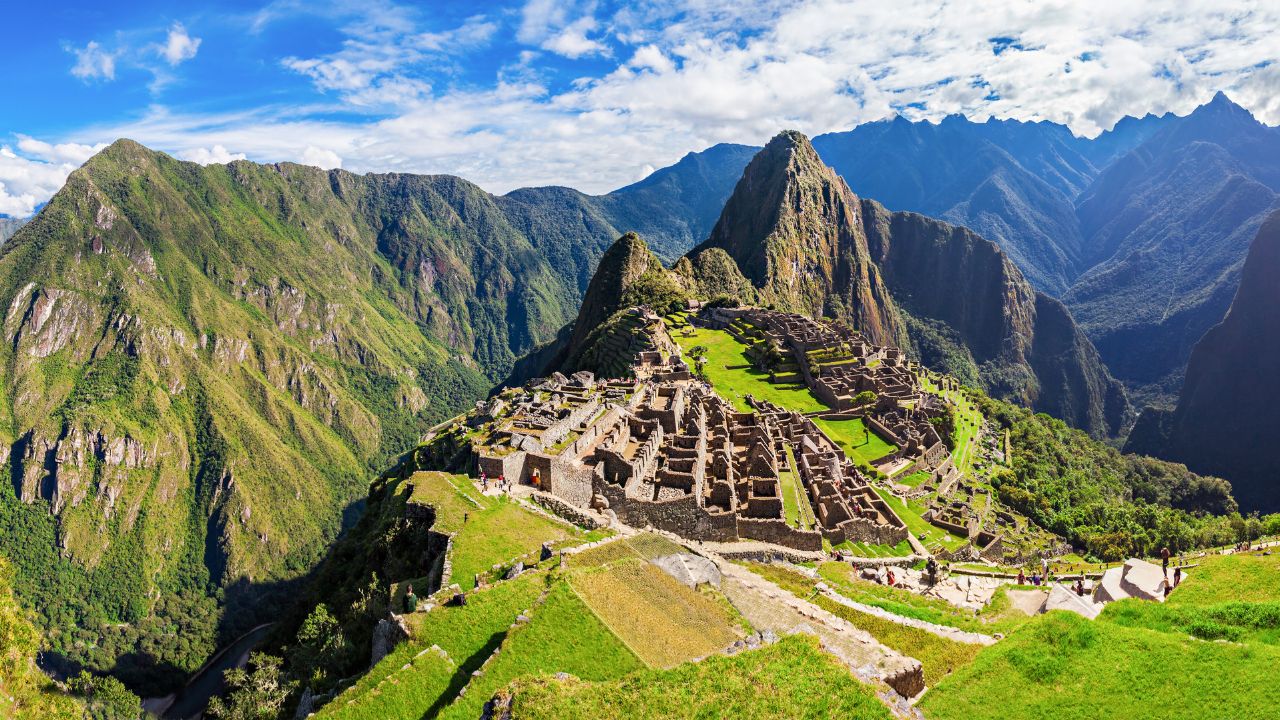

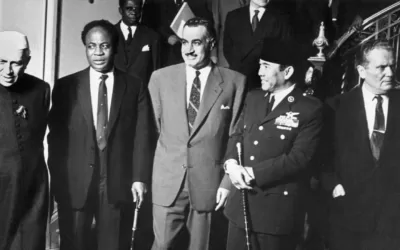
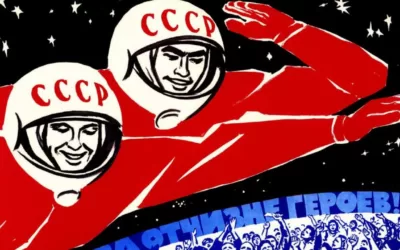
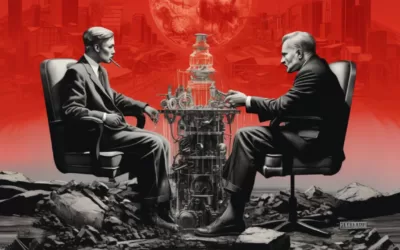


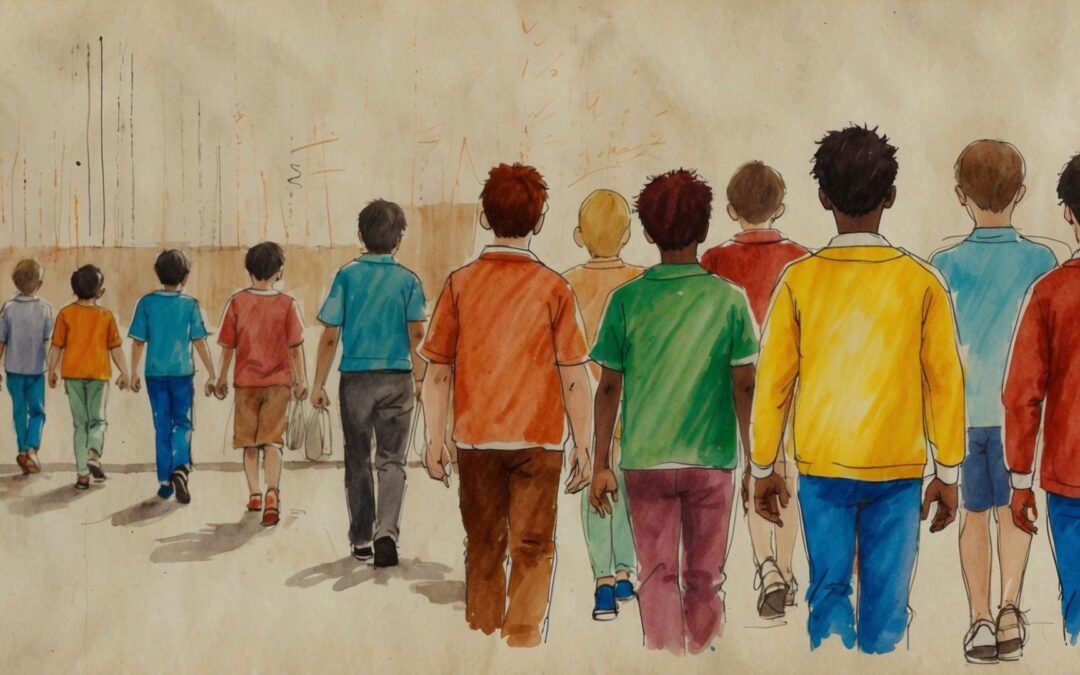

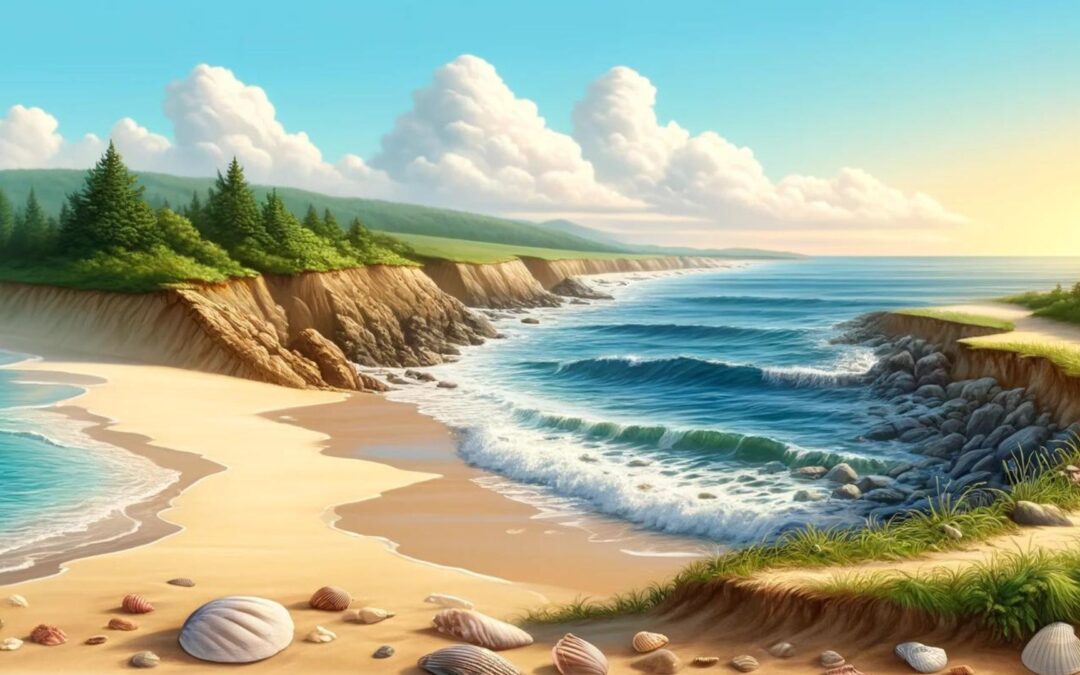
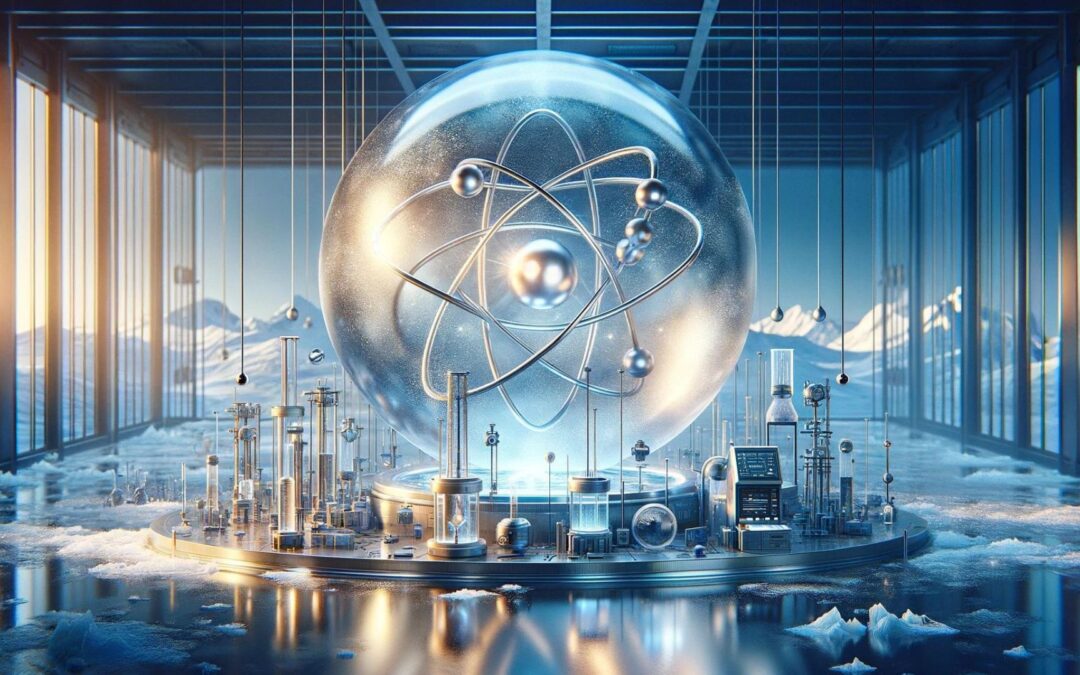
0 Comments